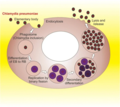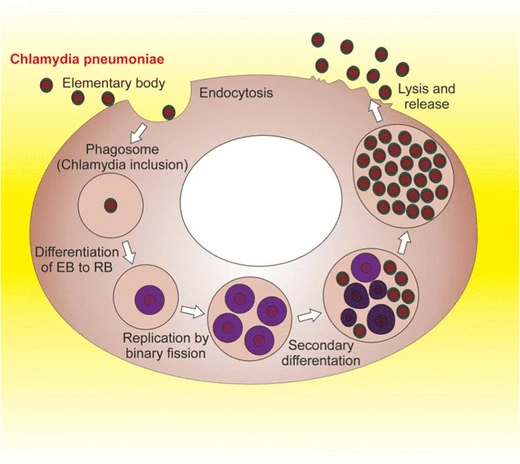File:12035 2012 8320 Fig3 HTML.webp
From WikiMD's medical encyclopedia
12035_2012_8320_Fig3_HTML.webp (520 × 464 pixels, file size: 45 KB, MIME type: image/webp)
File history
Click on a date/time to view the file as it appeared at that time.
| Date/Time | Thumbnail | Dimensions | User | Comment | |
|---|---|---|---|---|---|
| current | 09:29, 25 September 2020 |  | 520 × 464 (45 KB) | Guest2625 | Uploaded a work by Giovanna De Chiara, Maria Elena Marcocci, Rossella Sgarbanti, Livia Civitelli, Cristian Ripoli, Roberto Piacentini, Enrico Garaci, Claudio Grassi, Anna Teresa Palamara from https://link.springer.com/article/10.1007%2Fs12035-012-8320-7 with UploadWizard |
File usage
The following 2 pages use this file:
